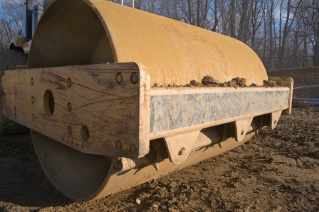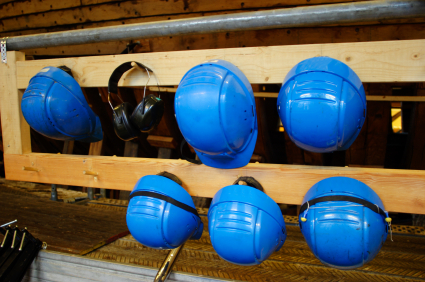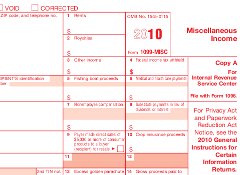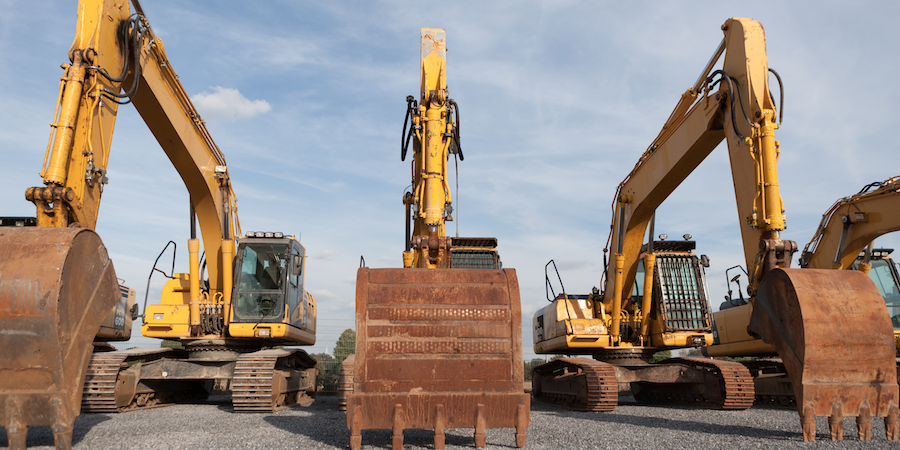According to the latest statistics listed on the USCIS website E Verify is currently used by over 192,000 employers on more than 705,000 jobsites across the US. In the last 5 months they have received over 6 million requests, that is 1.2 million per month. According to a study recently completed by Westat Inc. and quoted in the April 2010 issue of HR Magazine, 94% of the workers submitted were
Reshaping the Construction Industry


There is a bill, LB 563, moving through the Nebraska Legislature that creates penalties for “Employers” who misclassify workers as “Independent Contractors” in order to avoid paying employment and income taxes. The bill applies to all employers, but specifically to contractors and some delivery services.The Governor was lobbying to have the delivery services removed from the bill, but the Senators voted against that move. The bill is the result of the difficulty that contractors who are meeting the measure of the law and paying benefits and taxes for their workers made the case that they were at a major disadvantage in bidding on projects in this economy.In a recent article in the Omaha World Herald, the Senator who introduced the bill said
April 14, 2010


According to statistics from the Houston Independent School District in Texas, the third largest school district in the country, for every 100 students entering grade school this year, only 25 will complete high school and consider college.The other 75% of those students will "drop out" due to bad academics, family problems or pressure from the family to
March 29, 2010


One key part of the health care bill passed by the House and signed into law this week by President Obama is that everyone in the US must have health care or be taxed by the...
March 29, 2010


The impact on the construction industry of the newly passed healthcare law is significant and almost immediate. According to SHRM, the Society for Human Resource Management,"Large employers" —those with 50 or more employees—that don’t offer insurance will have to pay an annual tax of $2,000 per full-time worker.
March 29, 2010


...we couldn't find the skilled workforce to do it if we were to win the bid! This might sound ludicrous today in the middle of the recession, but in the not too distant...
March 26, 2010


It has always been there. You perform some work for me and I will pay you in cash. That way I don’t have to file taxes, you don’t have to pay taxes and we can go on our merry way. Many construction day laborers, housekeepers, landscapers, movers, waiters, bartenders, painters, fixer uppers and dishwashers get paid that way. It will probably always be there in some form or another whether direct pay or barter. In today’s construction industry there is a tension building around the cash economy where contractors are being forced to low bid work in order to keep their teams together and to do so means in some cases that they have to go to subs who in turn go to labor brokers who then go to the street for day laborers in order to meet the demand for workers on the jobsite. When they make that move they are directly contributing to the cash economy may be creating safety problems on many jobsites in a time where safety and the quality of construction is a critical issue for the industry. The results of this approach, one that is becoming more prevalent during tough economic times, is that taxes are not getting paid, no medical benefits are being paid, social services are being overburdened, no retirement is being set aside,
February 07, 2010


The deadline for issuing 1099s to contractors and consultants who worked with you last year was the 31st of January. There was a last minute flurry of people trying to get w-9s filled out so that they could meet the deadline. But in the Construction industry this deadline means something different. With the shift in the economy over the last two years, the use of contract and “street workers” has changed the entire industry and many sub contractors are left holding a handful of incorrect 1099s (http://www.wisegeek.com/what-is-a-1099-form.htm) for non existent workers or for workers who have “taken the money and run” to another jobsite or back to their families in Mexico or Latin America. Contractors and sub contractors who have been using contract workers for the last year are faced with a dilemma. They have issued the 1099s, but they cannot find the folks who are supposed to get them in the mail because of two things. First, they were given a false or non-existent social security number when they hired the contract workers to work for the company. And they did not use the E Verify system to validate those numbers. The Immigration Reform and Control Act of 1986 (http://en.wikipedia.org/wiki/Immigration_Reform_and_Control_Act_of_1986) made the social security card the ID card of choice for the workforce.
February 07, 2010


Welcome! Our goal is to open a dialog that will address several crises and thorny issues surrounding the construction industry in the US and world today. Other than the central fact that the economies around the globe are in "reset" mode, three thorny issues facing building contractors, developers and owners are:1) looming workforce shortages, especially in the middle skills level;2) the image of the construction industry as a viable option for employment and career growth;3) the current workforce, especially at the lower end of the scale, lacking the basic skills to meet the needs of the construction industry now and in the future.There are important variations on these themes. One is the "unlevel playing field" created when
February 03, 2010



.jpeg?itok=6uFZXEBH)





.jpeg?itok=4Vi_1nJG)








